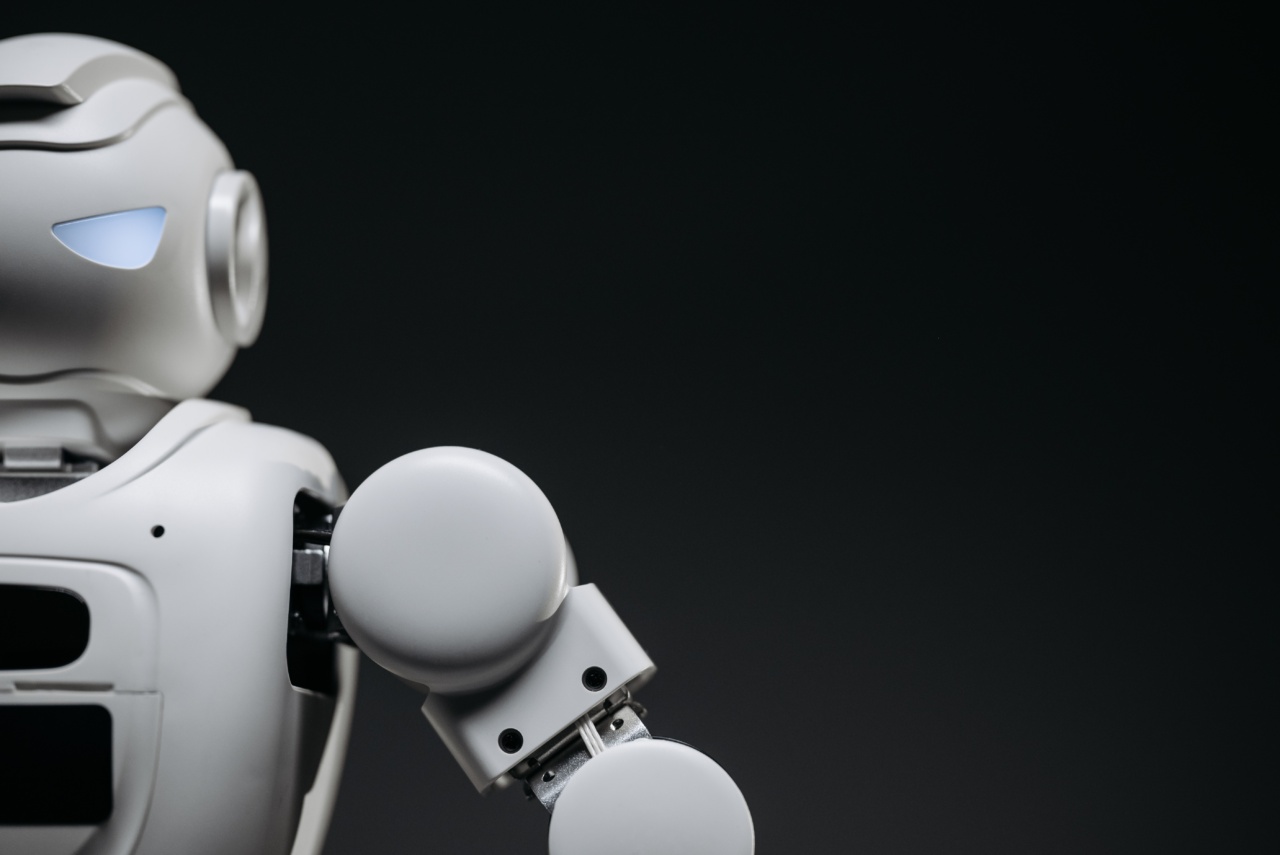Pathogenic obesity is a growing concern globally, as it is strongly linked to several chronic diseases, including type 2 diabetes, cardiovascular conditions, and cancer, among others.
Fortunately, robotics technology has emerged as an effective tool in addressing this health crisis by providing a range of innovative solutions to help individuals manage their weight.
Robotics Technology and Weight Management Solutions
Robotics technology has come a long way over the years, and it is now playing a critical role in the fight against pathogenic obesity. Here are some of the ways in which robotics technology is being used today to help people manage their weight:.
1. Robotic Exoskeletons
Robotic exoskeletons are wearable devices that provide support to the human body, enhancing its strength and mobility. These devices are being used today to help people with physical disabilities to regain their mobility and independence.
Additionally, robotic exoskeletons are being used to help people with obesity to move more easily and burn more calories.
2. Autonomous Cooking Robots
Autonomous cooking robots are helping people to eat more healthily, particularly those who struggle with time and skills required to cook healthy meals.
These robots are capable of preparing a wide range of healthy dishes at the click of a button, significantly reducing the time and complexity associated with meal preparation. Therefore, individuals can have an easier time sticking to a healthy diet designed to manage the weight.
3. Smart Cutlery
Smart cutlery is helping people to keep track of what and how much they are eating. These devices are equipped with sensors that record the number of bites taken and how fast the food is being consumed.
Some smart cutlery devices are also equipped with an alarm that helps individuals to slow down their eating rate to reduce the risk of overeating.
4. Robotic Personal Trainers
Robotic personal trainers are helping people to stay active and exercise regularly. These devices provide users with personalized workout plans that are tailored to their fitness levels, goals, and preferences.
The trainers also track performance metrics to help individuals stay motivated and on track towards their weight management goals.
5. Telepresence Robots
Telepresence robots are remote-controlled robots that allow individuals to participate in fitness classes and support groups from the comfort of their homes.
This technology is particularly helpful for those who have mobility issues, or live in remote locations where access to gyms and fitness centers is limited.
6. Robotic Surgery
Robotic surgery is a minimally invasive surgical procedure that is often used to treat obesity-related conditions.
This technology is used to perform procedures such as gastric bypass and sleeve gastronomy and has a lower risk of complications compared to traditional surgery.
7. Autonomous Cleaning Robots
Autonomous cleaning robots are helping to create healthier and cleaner environments that support weight management goals.
These devices clean and disinfect spaces to reduce the risk of infections and diseases that can contribute to weight gain or make it challenging to manage weight effectively.
8. Smart Sleeping Mats
Smart sleeping mats are helping people to track their sleep patterns, which is essential for weight management.
These devices measure factors such as sleep duration, quality, and sleep stages and provide users with recommendations to help them optimize their sleep patterns for improved weight management.
9. Wearable Fitness Trackers
Wearable fitness trackers provide users with real-time feedback on their physical activity levels to help them stay on track towards their weight management goals.
These devices track metrics such as steps taken, calories burned, distance traveled, and heart rate, and can be used to help individuals set and achieve fitness goals.
10. Robotic Grocery Carts
Robotic grocery carts are helping people to make healthier food choices while shopping.
These carts are designed to provide recommendations based on users’ nutritional needs and preferences, and can also help to track spending and manage grocery budgets more effectively.
Conclusion
Overall, robotics technology is playing a significant role in combating pathogenic obesity, providing people with a range of innovative solutions to help them manage their weight effectively.
From robotic personal trainers to smart sleeping mats and robotic surgery, the potential of this technology to transform how we manage our health and weight is immense.






























